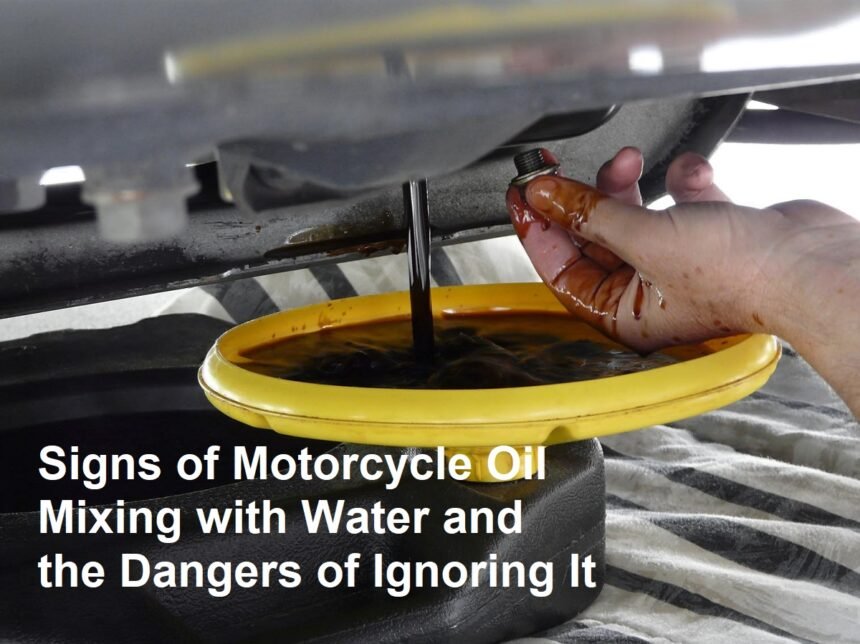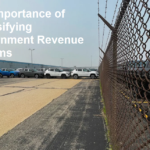Introducing
Owning a motorcycle requires regular maintenance to ensure the engine runs smoothly and remains reliable. One common issue that motorcycle owners may encounter is engine oil becoming contaminated with water. This problem can cause serious damage if left unaddressed. Recognizing the signs that your motorcycle oil has mixed with water and understanding the risks involved in neglecting this problem are crucial steps for any rider. In this article, we will explore the symptoms of water-contaminated oil and discuss the potential damages it can cause to your motorcycle.
Why Does Oil Mix with Water?
Before diving into the signs, it’s essential to understand how water can enter your engine oil. Water contamination can occur due to various reasons:
- Condensation: Moisture can accumulate inside the engine, especially if the motorcycle is not regularly used or stored in humid environments.
- Cooling System Leaks: Water leaks from the cooling system or radiators can seep into the oil system if seals or gaskets are damaged.
- Engine Damage: Cracks or fractures in the engine block, head gasket failure, or worn piston rings can allow water to mix with the oil.
- Cleaning or Repairs: Inexperienced mechanics or improper maintenance can introduce water into the oil during cleaning or repair procedures.
Once water enters the engine oil, it diminishes the oil’s lubricating properties, leading to potential engine damage.
Signs That Your Motorcycle Oil Has Mixed with Water
Detecting water contamination early can save your engine from severe damage. Here are common signs that your motorcycle oil has been mixed with water:
1. Milky or Chocolate-Colored Oil
One of the most recognizable signs is the appearance of the oil itself. When water mixes with oil, it creates a milky, frothy, or opaque look, often resembling chocolate milk. This is caused by tiny water droplets suspended within the oil, which distort its original clarity.
2. Presence of Foam or Bubbles
If you notice foam or bubbles forming on the oil’s surface, especially after running the engine, it indicates water is present. This foam reduces the oil’s ability to lubricate moving parts effectively, increasing wear and tear.
3. Unusual Engine Noise or Vibration
Contaminated oil reduces lubrication efficiency, which can lead to increased friction and heat within the engine. As a result, the engine might produce knocking sounds or vibrations during operation.
4. Excessive Oil Consumption or Oil Consumption Fluctuations
If your motorcycle consumes more oil than usual or seems to burn through oil rapidly, water contamination could be the culprit. Water depletes oil’s lubricating qualities, prompting the engine to work harder and consume more oil.
5. Rust and Corrosion Inside the Engine
Over time, water in the oil can cause rust and corrosion of engine components. While this may not be immediately visible, careful inspection during maintenance can reveal rust deposits or corrosion in the oil pan or filter.
6. Decreased Engine Performance
Reduced power output, sluggish acceleration, or frequent stalling can be symptoms of water mixing with oil. The compromised lubrication leads to increased friction, overheating, and potential damage.
The Risks of Ignoring Water Contamination
Ignoring the signs of water in engine oil can lead to severe consequences:
1. Engine Wear and Damage
Water reduces the lubricating properties of oil, causing metal-to-metal contact in engine parts. This accelerates wear and can result in scoring of cylinders, piston rings, and bearings. Persistent water exposure can ultimately seize or completely destroy the engine.
2. Corrosion and Rust
Water causes rust and corrosion to form on internal engine parts, including the cylinder walls, valves, and crankshaft. Corrosion weakens these components and can make future repairs costly and complicated.
3. Overheating
Water-laden oil does not transfer heat effectively, which can lead to engine overheating. Overheating damages vital engine parts and may cause complete breakdown.
4. Reduced Engine Life
Continued operation with contaminated oil shortens the lifespan of your motorcycle’s engine, leading to costly repairs or replacement in the long run.
What To Do If You Suspect Water Contamination
If you notice any signs of water in your motorcycle oil, take immediate action:
- Change the Oil: Drain and replace the contaminated oil with fresh oil.
- Inspect the Engine: Check for leaks, cracks, or gasket failures that could allow water ingress.
- Flush the System: Consider flushing the engine with a recommended cleaner or seeking professional service.
- Check for Damage: Have a mechanic inspect the engine for rust or other damage that may require repair.
- Preventative Measures: Store your motorcycle in dry, covered places, and perform regular maintenance to catch issues early.
Conclusion
Recognizing the signs of water mixing with motorcycle oil is vital for maintaining your engine’s health and longevity. The milky appearance of oil, foam formation, unusual noises, and performance issues are clear indicators of contamination. Ignoring these signs can cause significant engine damage, rust, and reduced lifespan, leading to costly repairs. Regular maintenance, early detection, and prompt action can preserve your motorcycle’s performance and ensure a smooth, trouble-free ride for years to come.












